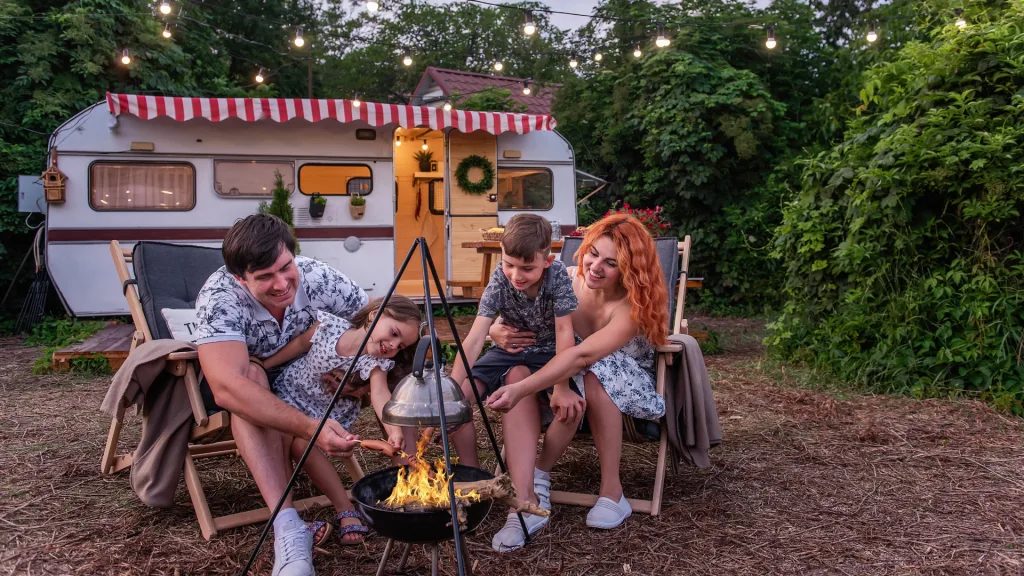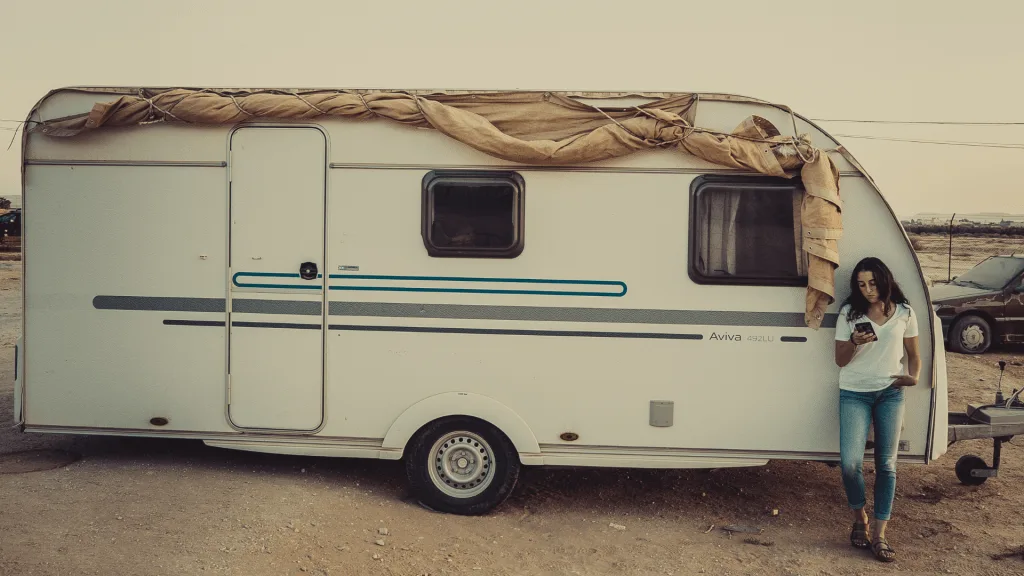RVing on the weekends (or even full-time) means being ready to tackle unexpected costs. RV life looks like a breeze on social media, but it’s full of surprises that aren’t always pleasant. The truth is, life in a recreational vehicle comes with unavoidable expenses.
With living costs rising nationwide, people everywhere are trading homeownership for RV life. The simplicity and freedom of living in a rig sure seem appealing.
It’s also more fun than being packed like sardines in an airplane for your family vacation.
Join us as we share five unavoidable costs of RVing in the U.S.
Let’s hit the road!
How Much Does RVing Cost?
The overall cost of RVing varies from person to person. After all, everyone’s travel habits and preferences are different. And there’s always the possibility of an unexpected mechanical issue. As with any vehicle or living space, upkeep and repairs are just part of the package.
However, there are some factors you can control. With the right budget, you won’t need to worry about a monthly loan payment after buying your RV. You can even avoid campground fees by boondocking whenever possible. And you can find creative ways to maximize your income while trimming overall RV costs.
Is RVing Cheaper Than Owning a House?
RVing can be cheaper than home ownership, but it’s not a given. If you’re on the road frequently, you’ll incur more costs. And your monthly camping fees may rise depending on where you travel.
The current average sale price for a modest home in the U.S. is over $233,000. Mortgages average $1,000 or more per month. Renting can be even more expensive, with rental prices exceeding $5,000 in some areas.
There’s a lot more flexibility when it comes to buying an RV. A modest, used trailer sells for as little as $15,000, while newer rigs cost upwards of $1 million. Fortunately, you can find good motorhomes for much less than that high price tag. If you’re able to plan financially and sacrifice the space that comes with a house, full-time RVing can be pretty inexpensive.

5 Unavoidable Costs of RVing in America
You can save money on your nomadic lifestyle with a bit of creativity and a lot of flexibility. But the truth is, you’ll still have some unavoidable expenses you can’t escape.
Let’s look at five of the inevitable costs of RVing in the U.S.
#1 Fuel
Fuel is one of those expenses you really can’t get around. After all, when your home is on wheels, you’ll need to move it at least occasionally.
Gas prices fluctuate from state to state, making travel costs unpredictable for over-the-road nomads. And remember, most rigs get poor gas mileage compared to cars: anywhere from six to 25 miles per gallon. Fuel costs add up fast when you’re on the move.
Don’t forget that gasoline isn’t the only fuel to factor in. If you have propane heaters, water tanks, or appliances, you’ll use a good amount of that gas. Propane costs are subject to change, just like gas prices.
Pro Tip: Use these tips on How To Easily Spend Less Money on Gas to cut costs.
#2 Maintenance and Repairs
RV living means your home and transportation are tied together. Any mechanical or structural problems affecting your rig can become urgent quickly.
While RVs may be cheaper than houses, motorhomes age much more quickly. The older your rig, the higher the chances are for significant repairs. And unfortunately, these situations aren’t always predictable.
Repair costs vary for every RV, but many nomads recommend budgeting at least $200 monthly for rig maintenance. Some RVers with older model vehicles report spending two to three times as much per month on upkeep.
The bottom line is that you’ll need to learn how to do a lot of repairs yourself to save money. These kinds of RVing costs really add up unless you have deep pockets.
FYI: I’m an RV Mechanic, Here’s What Breaks First in an RV
#3 Insurance
If you plan to live in your motorhome full-time, investing in a good insurance policy is important. RV and auto insurance policies are similar in many ways. You can opt for a basic liability plan or one that covers all kinds of unexpected events.
Insurance policy costs vary widely from state to state, but many RVers pay anywhere from $500 to $1,500 per year on their policies. Keep in mind, too, that the age of your rig will affect your monthly premium. Newer rigs with certain features are more expensive to cover than older models.

#4 Food
For all the differences between RV life and living in a house, one thing never changes: you gotta eat!
The good news is that your current food budget will likely translate well to a nomadic lifestyle. Grocery prices are generally more stable than gas. And no matter where you go, you’re never too far from a restaurant.
To keep costs low, plan your moves carefully. If you’re heading to a tourist hotspot, buy your groceries on the way, as prices tend to be lower in residential areas. Consider your rig’s unique food storage capacity and prep space, too. You don’t want to accidentally waste money on food you can’t store or cook.
#5 Depreciation
Just like cars, RVs depreciate in value. New rigs lose about one-fifth of their value as soon as they leave the dealership. And RV depreciation isn’t tied to mileage. The year of the vehicle is a much more significant factor, meaning that any rig loses value over time, regardless of use.
Keeping your motorhome clean and keeping up with routine maintenance will help slow depreciation. It’s also important to store it properly when not in use. But overall, you won’t make back the money you spent on the cost of your RV.
Pro Tip: Make a good investment. These are The Best RVs for Holding Value.
Are the Costs of RVing Worth It?
Full-time RVing comes with all kinds of hidden costs. And the fact is that many of them can’t be avoided. The nomadic lifestyle requires a willingness to take on unexpected expenses.
Before purchasing a rig, decide whether this lifestyle is right for you. Despite the unavoidable costs, what you get in return, like freedom, adventure, and fun, is pretty great. You can’t put a price on that.
Discover the Best Free Camping Across the USA
To be honest with you, we hate paying for camping. There are so many free campsites in America (with complete privacy).
You should give it a try!
As a matter of fact, these free campsites are yours. Every time you pay federal taxes, you’re contributing to these lands.
Become a FREE CAMPING INSIDER and join the 100,000 campers who love to score the best site!
We’ll send you the 50 Best Free Campsites in the USA (one per state). Access the list by submitting your email below: